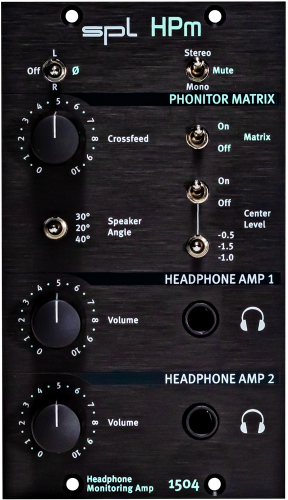HPm
The Headphone Monitoring Amplifier for series 500.
500 series double-slot module headphone monitoring amplifier with Phonitor Matrix for two
headphones.
The headphone output stage
The HPm delivers full headphone sound – twice!
The output stage of the headphone amplifiers is designed as a push-pull amplifier in Class AB mode. The bipolar transistors share the amplification of the positive and negative half-waves, which produces a higher gain and a higher output voltage than in Class A operation, where only one transistor amplifies both half-waves.
The output stage transistors are thermally coupled and thus run particularly coherently, which contributes to a consistent and stable sound image. The power supply has a buffer circuit with low source resistance, ensuring generous current reserves even when operating low-impedance headphones. Both headphone amplifiers provide an individual volume control.
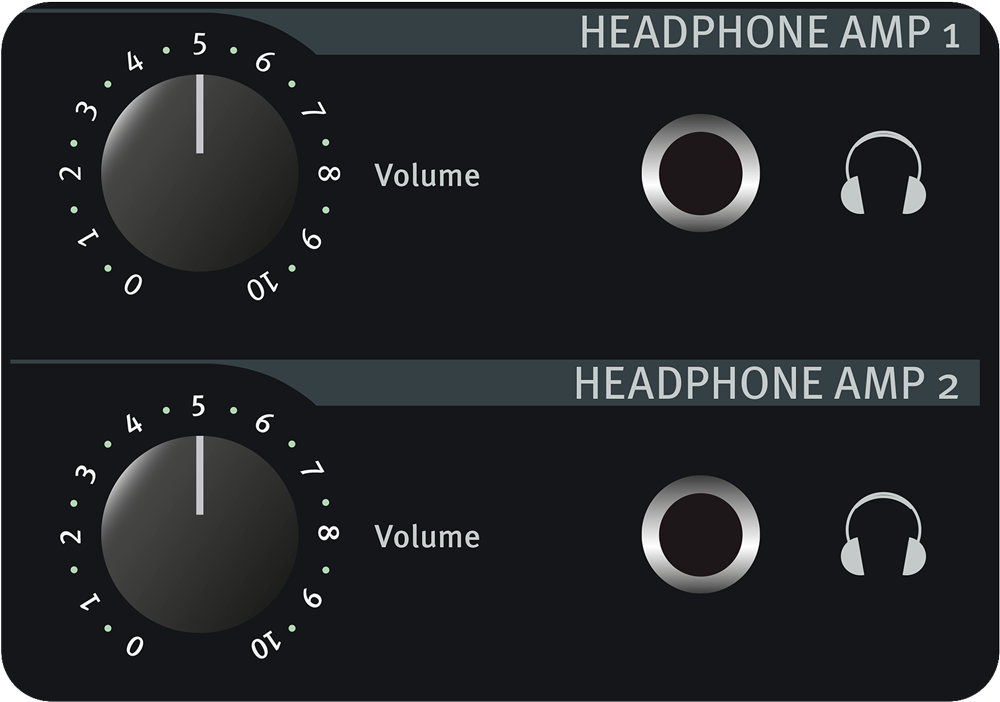
Stereo/Mono/Mute
The audio signal can be switched between stereo and mono. In the Mute position, the headphone
outputs are muted.
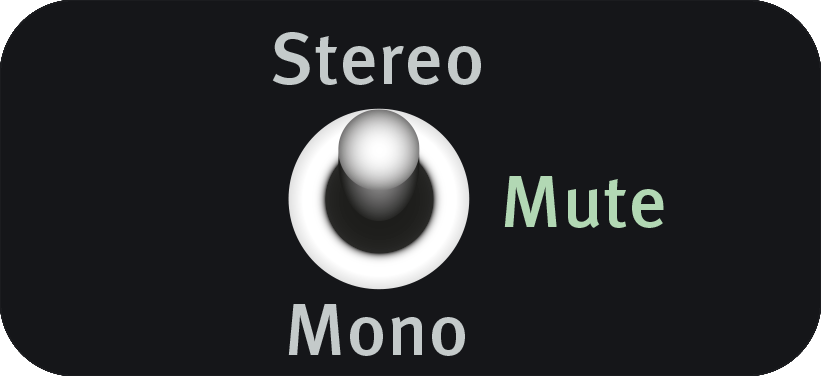
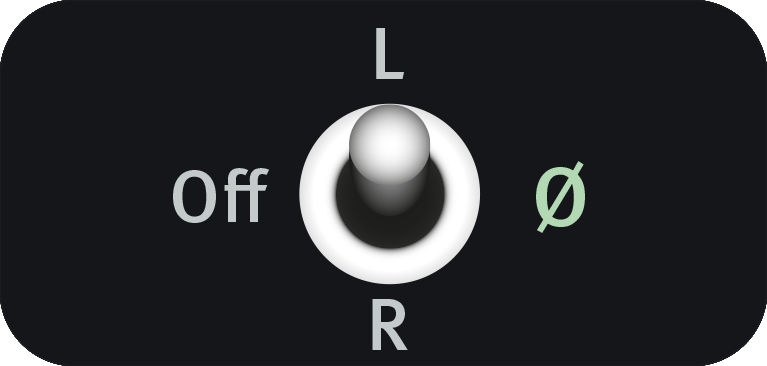
Phase Inverse Ø
With the phase inversion switch the phase the of the left or right channel can be inverted (180°).
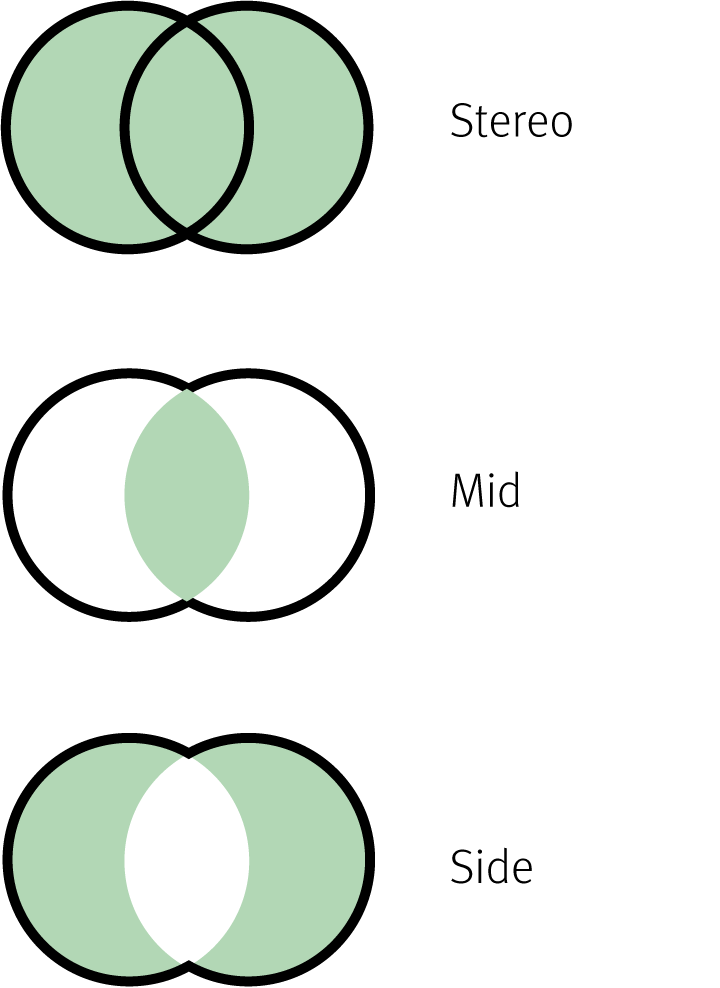
Tip: M/S – Mid or Side?
By using the MONO and the phase invert switch in combination, it is possible to only monitor the
M or S signal. When “Mono mode” and phase inversion is active, only the S signal is played back.
If the phase inversion is switched off, the Mono signal corresponding to the M signal is played back. Separate monitoring of the M and S signals has become a standard for many mixing and mastering engineers.
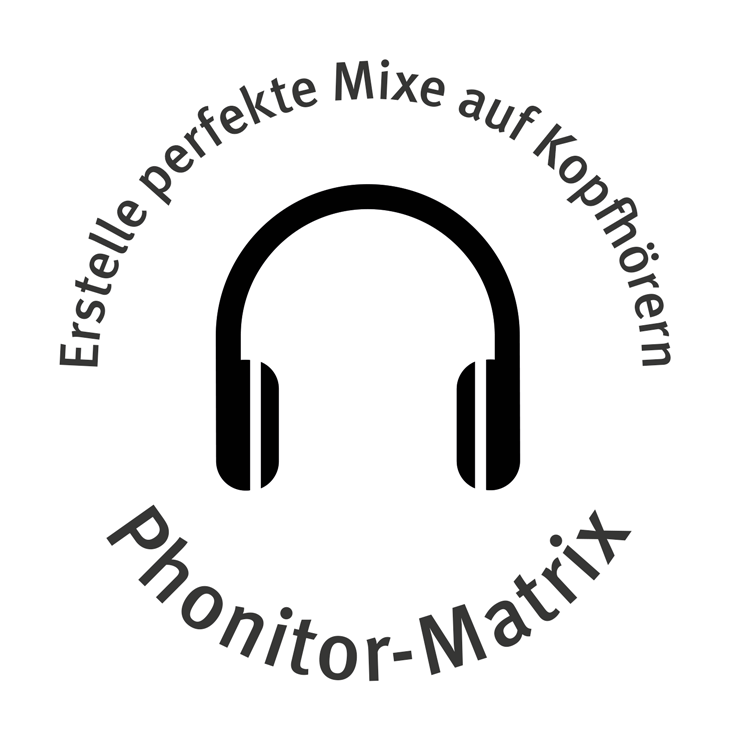
The revolution in the headphone amplifier:
Phonitor Matrix
The Phonitor Matrix enables mixing and mastering engineers to create perfect mixes on headphones, which will translate perfectly to all types of stereo speaker systems.
Wie ist das möglich?
Music is normally produced and mixed for playback on stereo speakers.
Listening on headphones is different from listening on loudspeakers. The biggest difference is the
lack of crossing signals of the sound signal from the left speaker to the right ear and from the right speaker to the left ear. These crossing signals are missing in conventional headphone listening, because there are no signals crossing from one side of the headphones to the other. This results in an unnaturally wide stereo stage and sound sources are not played back at their correct position in
the stereo field.
The SPL Phonitor Matrix can correct this false stereo image with an analog circuitry.
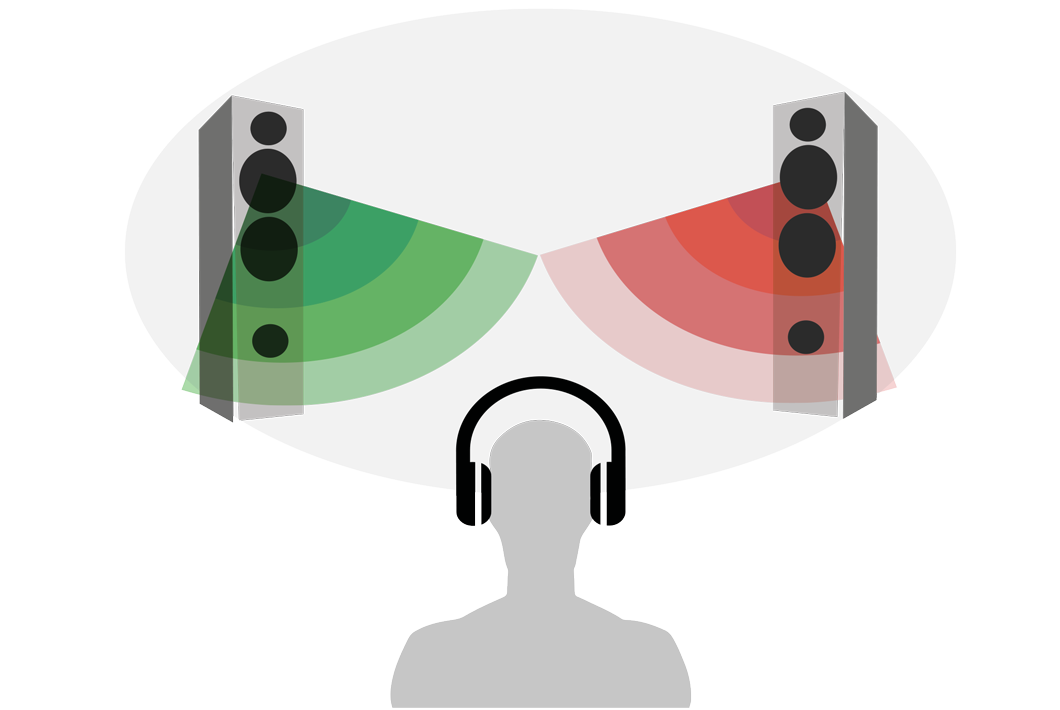
The Phonitor Matrix parameters
The two main parameters of the Phonitor Matrix are Crossfeed and Angle:
• Crossfeed determines the opening angle of the stereo image.
• Angle determines the opening angle of the stereo image.
Crossfeed
The “Crossfeed” parameter of the HPm is continuously adjustable via the crossfeed control.
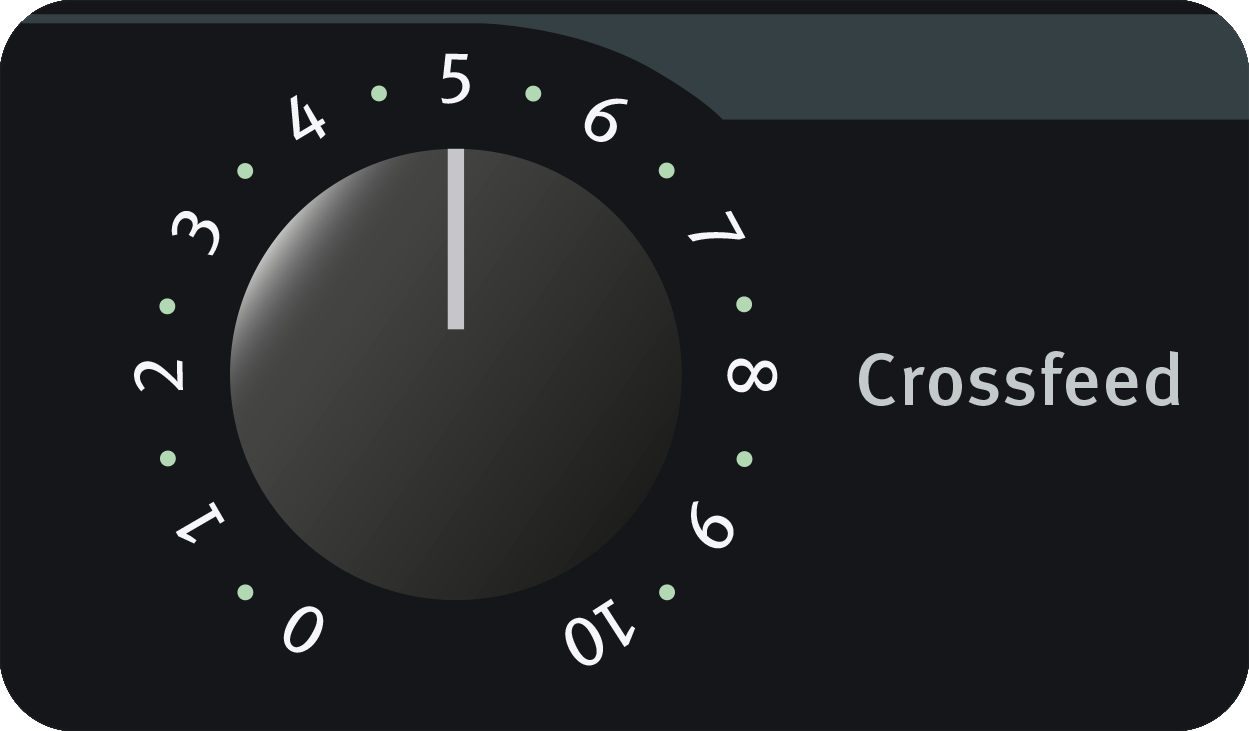

Speaker Angle
The “Angle” parameter can be adjusted in three settings: 20°, 30° and 40°. The studio standard is 30°.
Center Level
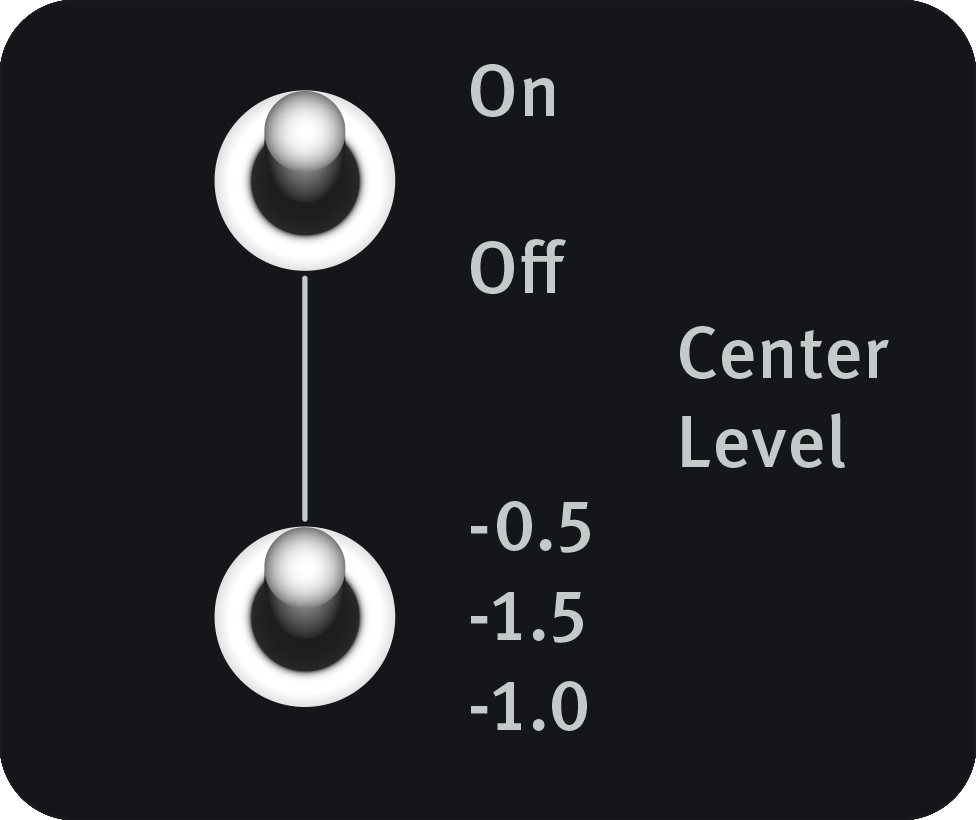
To make the listening experience even more perfect, the level of the center of the stereo image needs to be attenuated when the Phonitor Matrix is active. This ensures that not only the position of all sound sources is correct but also their volume. With HPm, this parameter, which we call “Center” in the Phonitor Matrix, can also be adjusted in three settings. You can choose between an attenuation of -0.5dB, -1 dB or -1.5 dB. The standard for an authentic representation of the stereo image is -1 dB. During conventional listening on headphones, our brain can compensate a certain level of false playback representation – but this is very exhausting and leads to listening fatigue.
Summed up
The SPL Phonitor Matrix corrects the false representation of the stereo sound image, which makes it much easier to find the right decisions for mixing and mastering engineers. So nothing stands in the way of a successful and long mixing session on headphones.
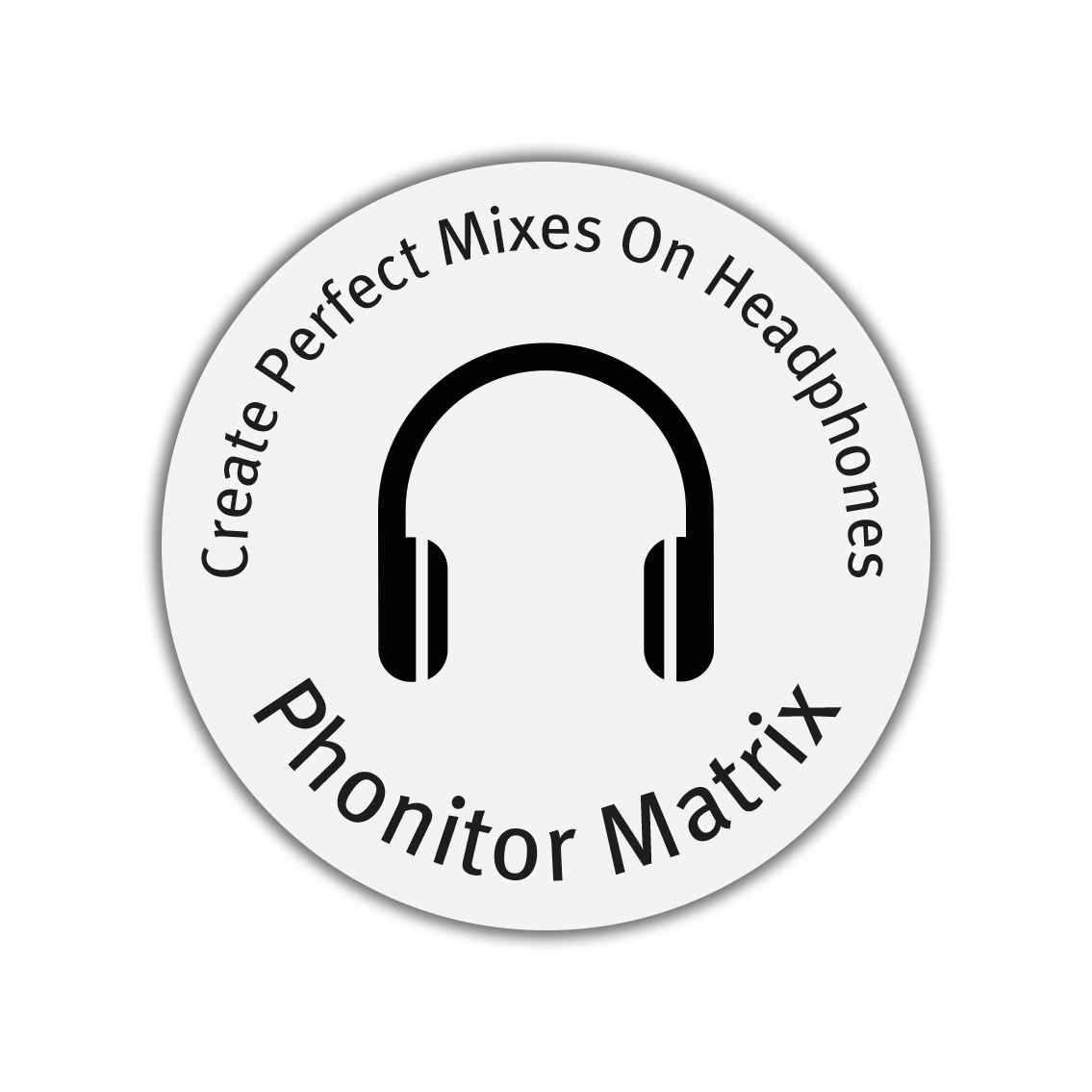
Phonitor Matrix
The Phonitor Matrix allows the mixing and mastering audio engineer to create perfect mixes on headphones that sound great on all types of stereo speaker systems.
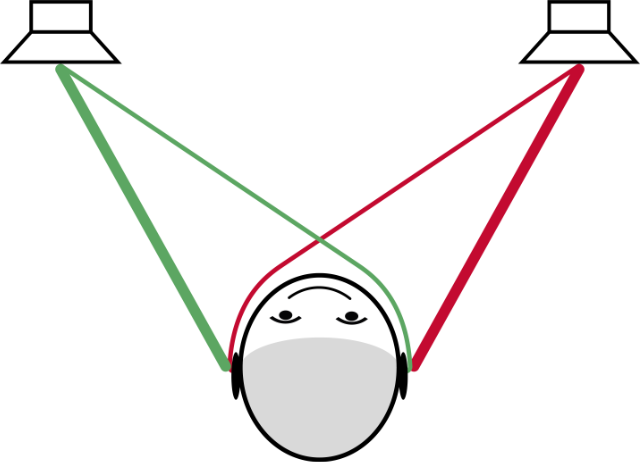
Crossfeed
Listening on headphones is different from listening on loudspeakers.
The biggest difference is the lack of crossing signals of the sound signal from the left speaker to the right ear and from the right speaker to the left ear.

Conventional
This results in an unnaturally wide and
wrong stereo image.
The various sound sources of the audio signal are not localized as the sound engineer intended them to.

Correct
The SPL Phonitor Matrix will correct this false stereo image with an analog circuitry and ensures a correct representation of the stereo image and a relaxed listening experience.
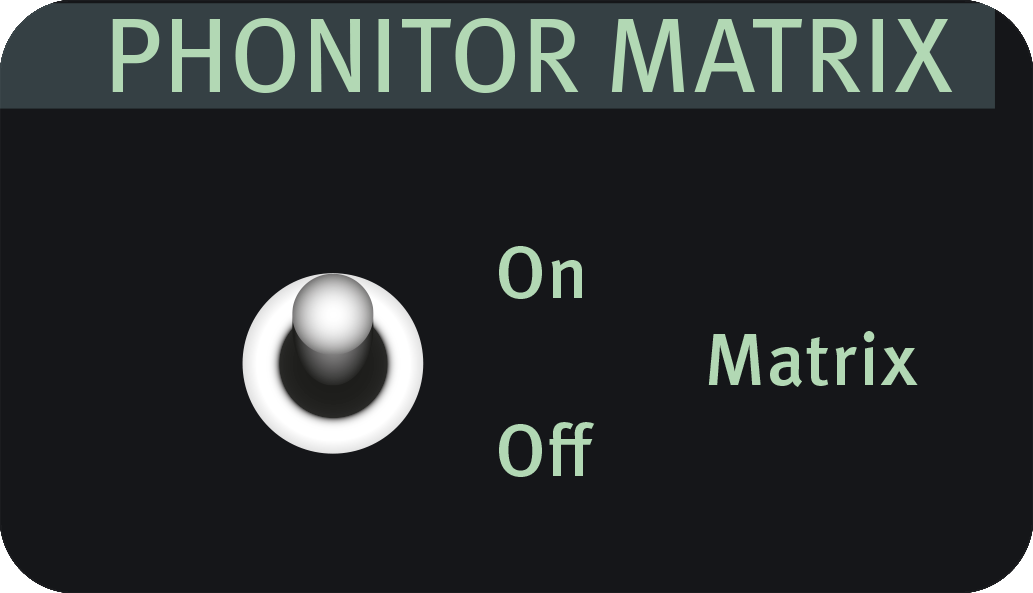
Phonitor Matrix
With the Matrix switch, the Phonitor Matrix (Crossfeed, Speaker Angle, Center Level) can be activated or deactivated.




